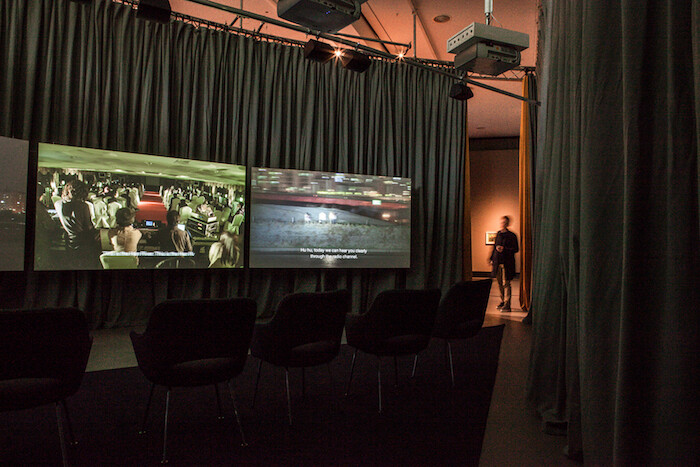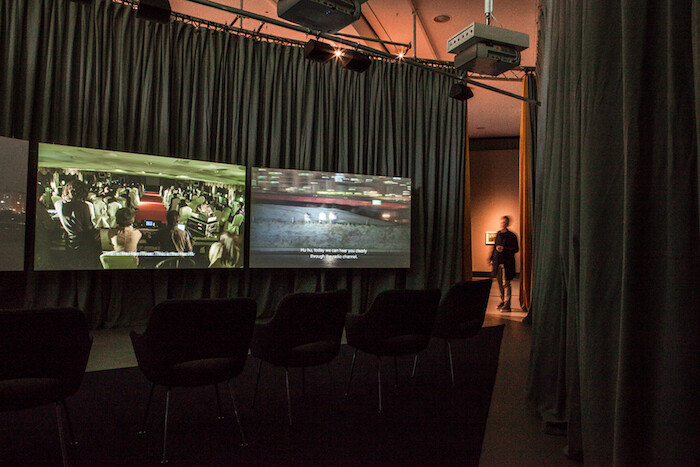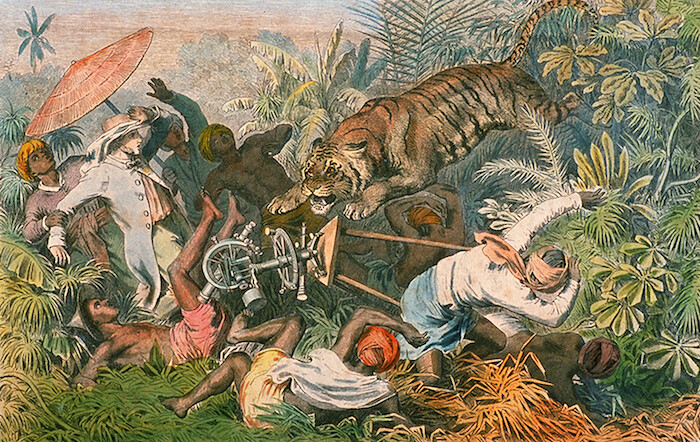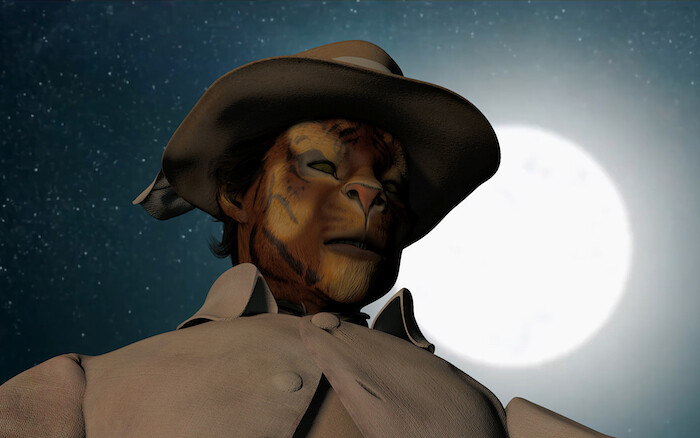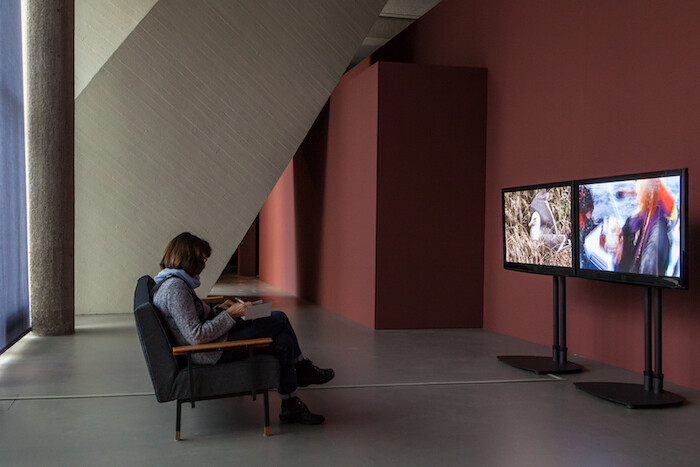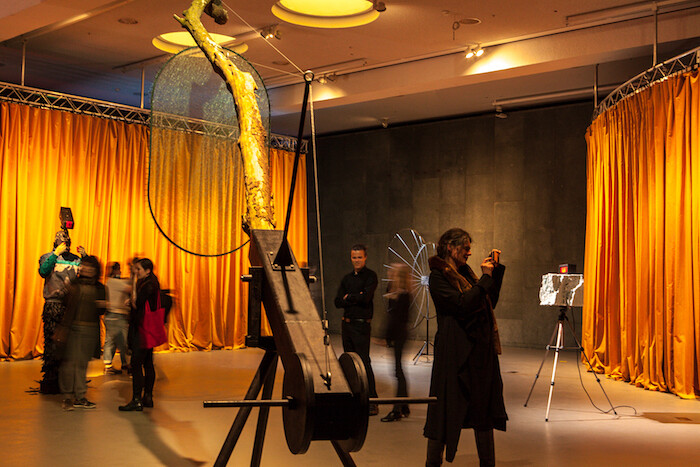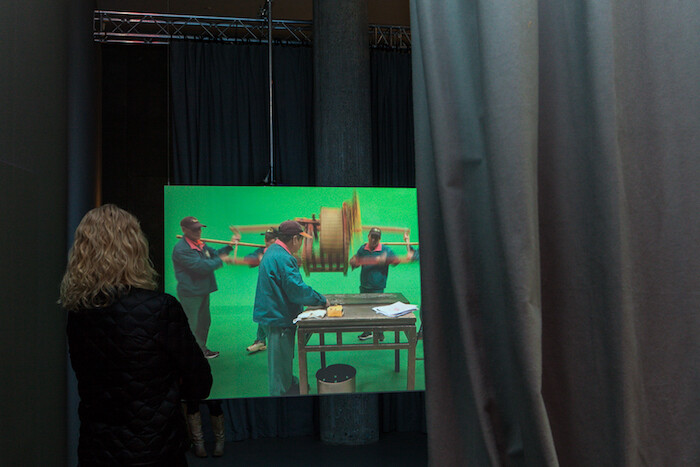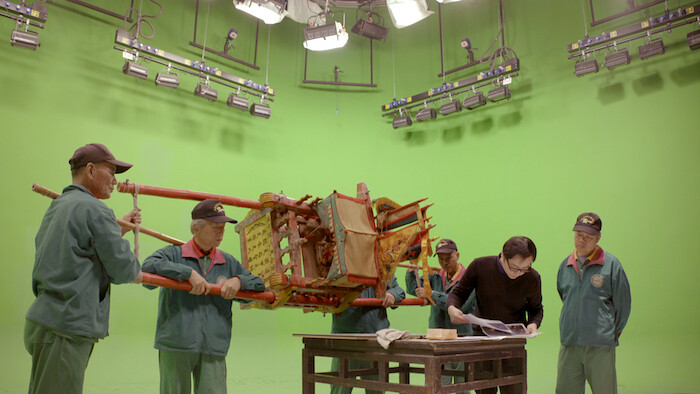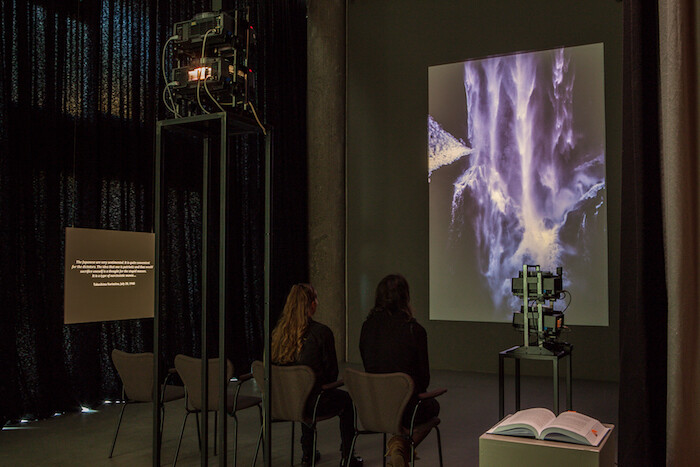Though at present the concept of “media” is almost wholly equated with communication technologies, throughout the modern period this notion extended beyond the technological field, to include aesthetic and spiritual registers. In the late nineteenth century, a medium was someone with the alleged ability to act as a psychic conduit or transmitter, able to capture cosmic vibrations like a human radio frequency receiver. In the broadest sense, the term “media” introduces the concept of a coded mode of materiality—as W. J. T. Mitchell noted, the very notion of mediation “already entails some mixture of sensory, perceptual, and semiotic elements.”1 Marshall McLuhan’s notion of media, for instance, includes any “material in unfixed form, or even formless material, such as electricity,” and Friedrich Kittler generalized the concept of media to include all “domains of cultural exchange.”2 The body, or more accurately the nervous system, is the locus of interaction, the site upon which different media intersect. By emphasizing the notion of light as a medium—albeit one without any content—McLuhan underscores its power to shape the forms of human perception and interaction, socially as well as spiritually.3
In the exhibition “2 or 3 Tigers,” curated by Anselm Franke and Hyunjin Kim for the Haus der Kulturen der Welt in Berlin, the concept of media is tied to liminal stages, undergone by either single subjects or whole societies, and the multivalence of their spatial or temporal dimensions. Exploring the mediated nature of sociality and subjectivity via the process of becoming animal and the figure of the weretiger, the exhibition focuses on ten artists—Ho Tzu Nyen, James T. Hong, Chia-Wei Hsu, Im Heung-soon, Jane Jin Kaisen & Guston Sondin-Kung, Minouk Lim, Park Chan-kyong, Lieko Shiga, and Yuichiro Tamura—whose work points to the frictions between (hyper)modernity, modernization, and modernism in East and South East Asia.
The title “2 or 3 Tigers” is borrowed from One or Several Tigers (2017), a video installation by Singaporean artist Ho Tzu Nyen, which dramatizes the encounter between the animal and the technological. One or Several Tigers departs from a 1880s lithograph, Road Surveying Interrupted in Singapore, depicting George Drumgoole Coleman, the island colony’s Superintendent of Public Works, and his Indian workforce at the exact moment they come under attack by a leaping tiger. As the forced laborers (recruited inmates) scramble to flee, they topple the theodolite (a precision instrument for topographic survey) they were in the process of deploying, interrupting, albeit briefly, the expansion of the human environment into the tiger’s territory. In Ho’s film, the tiger, or rather the weretiger, functions as a stand-in for the liminal experience undergone by the whole colony: like the weretiger, Singapore stands at the intersection of different worlds—financial, tropical, technological, traditional—and its national personification, the recently adopted Merlion, is a protean, boundary animal, allegedly born out of a misrecognition: there were never any lions on the island, just tigers, driven to near extinction by the British settlers.
Traditionally, the Malay aristocracy would represent itself as tigers, while the peasant workforce would be personified as bulls. Later the tiger became an emblem for the occupying colonial force. Like the werewolf, the weretiger can signify a loss of agency and personhood. In folk tales, therianthropy (the ability to shape-shift into an animal form) can signify either escape or entrapment, and the metamorphic plasticity of animated figures could be said to carry the progressive promise of “a transformation that could be undergone by all—politically, socially.”4 In the video One or Several Tigers, however, none of these readings seems to apply: human, tiger, and weretiger are suspended in a computer-generated void, orbiting around a non-world.
In Ho Rui An’s lecture-performance Dash (2017), the frictions between these intersecting realms are represented as a full-frontal collision between a venture capitalist’s sports car and a humble taxi—a moment the artist opts to narrate instead of showing. Captured on a dashcam and uploaded to YouTube, footage of the accident becomes a cipher for the imbrications of frontier narratives and financial eschatology: while Ho Rui An talks, the viewer is shown a sequence of dashcam car crashes uncannily similar to Hollywood car-chase scenes. Whereas the dashboard emerges as a signifier for god’s eye view (he who, surviving the crash, drives on towards the horizon’s vanishing point), the metaphor of speed displaces metamorphosis as an escape pathway: acceleration is codified as an upward motion, leading to the future, whereas the animal form (black swan, gray swan, dragon king, black elephant) is assimilated to an arrest or disturbance, an emblem for crisis. Here, modernity itself appears as a liminal period, within which money functions as a hyperthropic (meta)medium.
“Our best machines are made of sunshine,” Donna Haraway argued: “all light and clean because they are nothing but signals, electromagnetic waves, a section of a spectrum.” But this lightness is a “matter of immense human pain,” because people are “nowhere near so fluid,” rather “material and opaque.”5 The imbrications of technology and supremacy within chauvinist epistemes resurface in James T. Hong’s A Chinaman’s Chance (2014), a two-channel video revolving around the unacknowledged deaths of Korean fishermen killed by American bombers on June 8, 1948, in Dokdo, and the racial dimensions of visibility and victimhood.
Bereft of narrative, Minouk Lim’s sculpture L’Homme à la Caméra (2015), a tall and feathered humanoid figure with a camera head, points to the mobilization of the animal and the mineral within liminal spaces, standing in the threshold between spirit worlds and cyber-modulated social milieus. Lim’s Black Hole (2015), a soft box lined with black feathers, stands halfway between geode and vagina dentata. Combining plywood, branches, paraffin, fishnet, and analogue media, Lim’s assembled entities like Green Ray (2015) and On Air (2015) seem to act as conduits or transmitters, capturing psychic and electromagnetic waves, sent from past temporal dimensions. On an opposite wall, Lieko Shiga’s photograph A Portrait of Cultivation (2009), from her series “Rasen Kaigan,” portrays an elderly couple flanking a xenomorphically shaped tree trunk, which appears to transverse the man’s torso, turning him into a antenna, tuned to a ghostly channel. Positioning themselves at, or on both sides of, the threshold between natural and supra-natural, outer and under worlds, the works could be said to fictionalize the circumstances under which the effects of liminality are made manifest (the 2011 Tōhoku Tsunami in Lieko Shiga’s case; the traumatic history of South Korea in Minouk Lim’s) as visual form.
In Chia-Wei Hsu’s two-channel installation Spirit Writing (2016), on the other hand, the entities assigned the function of a medium, and the ways and means of mediation, are addressed digitally. The work thematizes the plight of a frog deity, whose temple in Jiangxi, China, was destroyed during the Cultural Revolution. As a result, the deity, Marshal Tie Jia, was left homeless until he eventually resettled on an island in the Taiwan Strait. In spite of his displacement, Marshal Tie Jia maintains a communication channel with the Jiangxi villagers via a divination chair. Through this ritual, Chia-Wei Hsu asks the deity to describe his former temple. The marshal responds by jerking or knocking the chair onto a table, which Hsu placed against a “green screen” equipped with motion capture technology. The result is a recreation of the original temple: the chroma key deterritorializes the scene, and reterritorializes it in 3D. This digital re-homing of the frog deity could be construed as representing the desire for reconciliation of nature and technology embodied by the concept of third nature. Rather than photographic indexicality, the digital camera generates visual data: a polymorphic continuum of informational flow, which renders animals, deities, or technological media semiotically transparent to one another. The becoming-animal or the becoming-primitive that permeate the digitally rendered protean body is predicated on the return to a putative non-alienated condition. The weretiger, as “creature of social reality as well as creature of fiction,”6 could be construed as its emblem.
W. J. T. Mitchell, “There Are No Visual Media,” Journal of Visual Culture vol. 4 no. 2 (2005): 260.
David E. Wellbery, foreword to Discourse Networks 1800/1900 (Stanford: Stanford University Press, 1990), xiii.
Ibid.
Tom Gunning, “The Transforming Image: the Roots of Animation in Metamorphosis and Motion,” in Suzanne Buchan (ed.), Pervasive Animation (New York: Routledge, 2014), 55.
Donna Haraway, “A Cyborg Manifesto: Science, Technology, and Socialist-Feminism in the Late Twentieth Century,” in Simians, Cyborgs and Women: The Reinvention of Nature (New York: Routledge, 1991), 153.
Ibid.
